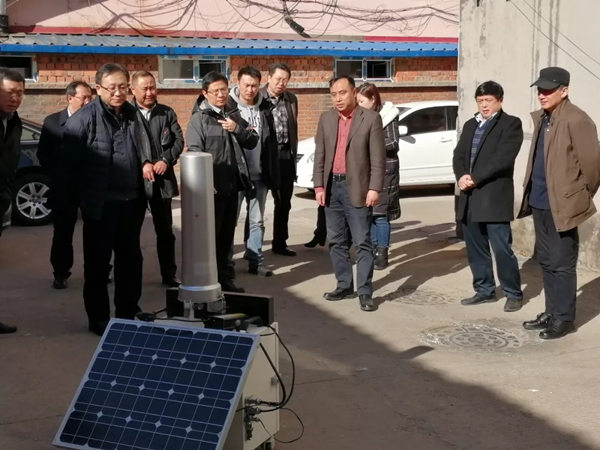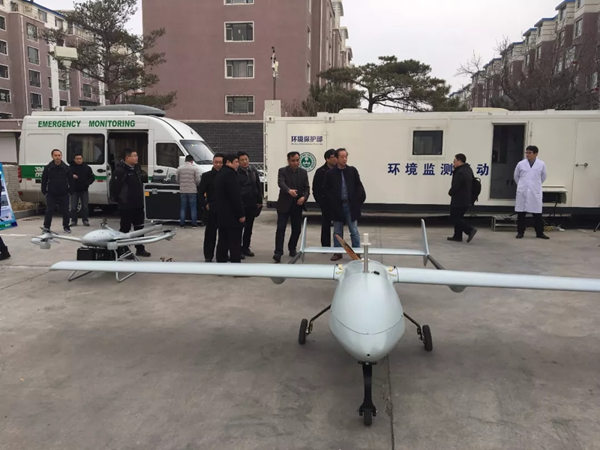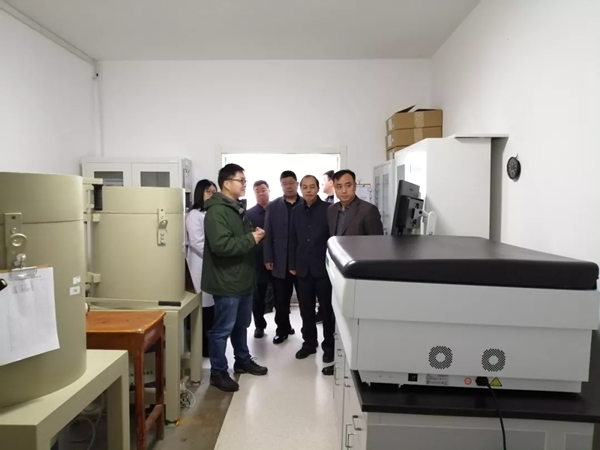
MEE/NERO on 4-8 March organized a number of teams composed of persons from NSC and ecology and environment agencies of Liaoning, Jilin and Heilongjiang provinces to implement one-week-long oversight inspection of radiation emergency capability building as well as field emergency drills in Northeast China region. This activity further tested the radiation emergency capability in response to complex and difficult situations and in addressing underlying risks in this region. It provided a strong guarantee for the successful opening of China’s Two Sessions in 2019 and for winning the tough battle for pollution prevention and control.

Based on practical drills for pursuit of practical performance, this activity is designed well in line with the MEE-deployed work arrangement and the realistic situations of nuclear and radiation safety in NE China. To ensure to achieve the expected effect, the oversight inspection was made successively on a one by one basis in Liaoning, Jilin and Heilongjiang. Summary and experience feedback were presented to other provinces immediately after dills in one province so that there could be higher requirements raised for later drills. Led by heads of MEE/NERO, the teams moved nearly 3,000 kilometers to more than ten inspection sites to carry out on-site inspection and evaluation. The relevant heads of NSC and of the three provinces’ ecology and environment agencies participated in the activity.

This activity highlighted three areas. The first is to test the response capability in complex and difficult situations. All of emergency teams experienced a massive test in their assembly and marching during field drills such as heavy fog throughout northeast region; partly closed high-speed roads; rugged mountainous roads; snowfall in Changbai mountainous area; and accumulated snow, ice and water on the road. The emergency teams arrived at the specified location at a specified time by overcoming difficulties and in a timely response manner. The second is to test the combined action capability of emergency systems at various levels after institutional reform has completed. Field drills were completed under the joint efforts by NSC in conjunction with the ecology and environment agencies of three northeast provinces, Dandong City, Yanbian Autonomous District, Changbaishan Management Committee, Mudanjiang City and other relevant counties as well as equipment makers. During drills, the intended operations were achieved as scheduled through a combination of close collaboration and coordinated action. The third is to play the effect of radiation emergency capacity building results developed in recent years. Various types of equipment, such as frontier laboratory, automation stations, emergency command platform and aerial drones, are progressively put into use, which have been dramatically advancing the modernization of emergency monitoring capability to a higher level. The application of novel releasable emergency monitoring equipment made the existing radiation environment emergency monitoring network more perfected.
MEE/NERO carefully investigated the progress that had achieved in the three provinces in a wide range of related activities, such as newly-built laboratory, reform of the provincial-level agencies, nuclear risk prevention and control mechanism, and construction of mobile online monitoring and control system for radioactive sources with highly potential risks. On talks with the heads of relevant provincial agencies, MEE/NERO noted that nuclear risks would have high potentials with unintended consequences, which should be actively coped with in any situation while not waiting readiness of everything. Addressing the most complex and difficult challenges are the best way to test the emergency capability. Heads of MEE/NERO stressed that in 2019, a special year, all three northeast provinces should actively adapt to the new situation and meet the new requirements for nuclear and radiation safety regulation and emergency work; they should have active roles and sense of responsibility in continuing to improve emergency capability based on standardized management and robust foundation; they should transfer project construction results into actual capability to protect national security, environmental safety and economic and social stability in a down-to-earth working manner.